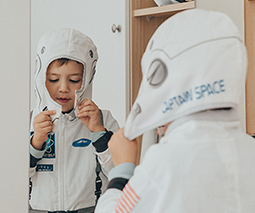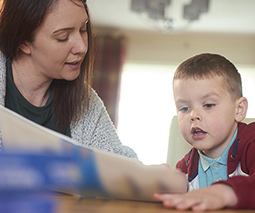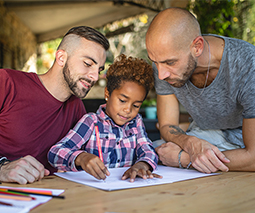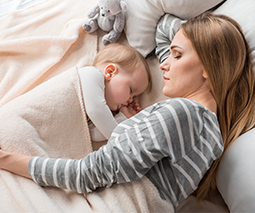Public vs private schools: New research finds shocking disparity in funds

Public or private schooling? It’s a decision many parents deliberate at length over for many reasons, but mainly the cost and whether or not it’s worth it.
For most, though, the option is simply not feasible. The cost is too high, or there may not be many (or any) private school options in your area.
The rich get richer …
New research by the ABC has revealed the shocking disparity in funds used by Australia’s richest and poorest schools – but many argue that the academic results aren’t worth the huge fees.
The extensive study is the most comprehensive of its time. It encompassed data from 8,500 schools across the nation – accounting for 96 percent of students – and compared their average yearly income between 2013 and 2017.
It uncovered that the four richest schools in Australia – Wesley College, Haileybury College and Caulfield Grammar in Melbourne, and Knox Grammar in Sydney – spend more on renovations and facilities ($402 million) than the poorest 1,800 schools combined ($370 million).
Those top four teach less than 13,000 students. The latter are responsible for educating 107,000 students.
These private schools still get public funding
With an annual spend of $100 million per annum, it’s no wonder these top-tier (and top-cost) schools now feature state-of-the-art gymnasiums, performing arts centres and barista-staffed coffee shops. But many believe the fact that government money is still going towards these educational institutions means there should be more transparency about what taxpayer money is being used to fund.
However, as University of Sydney associate professor Helen Proctor sees it, transparency will make little difference.
“Certainly the public investment in private schools, and the public investment in the wealthiest schools is a factor,” she told the ABC. “(Independent schools) have that security of their operating costs being heavily subsidised — or, for some schools, completely covered — so they can use other money for their building projects.”
To put it in context, Caulfield Grammar – who have a capital expenditure of $101 million – receive $577,709 of government contributions each year. This is just over 0.5 per cent of their total spending.
Imagine if this sort of money went to one of the 1,300 schools currently struggling to get by with an annual budget of $100,000?
A good education
For parents, the decision between private and public education ultimately comes down to where they believe their children will have the best opportunities.
Chris Bonnor, a fellow of the Centre for Policy Development, noted that ‘rich schools’ aren’t necessarily producing higher-performing students.
“The results [from highly-funded private schools] are no better than those coming out of government schools where there are similar students. So a lot of money is going in for a very, very poor return to government,” he told the ABC.
“We wonder why Australia is slipping behind … That money would be far better spent at the struggling end of the [socio-economic] scale because that’s where we will lift results.”
What are your thoughts about private vs public schools?
We’d love you to share your thoughts in the Facebook comments.
You can read the full ABC report here.
This post was originally published on Kinderling Kids Radio. Download the Kinderling app for more great stories.









